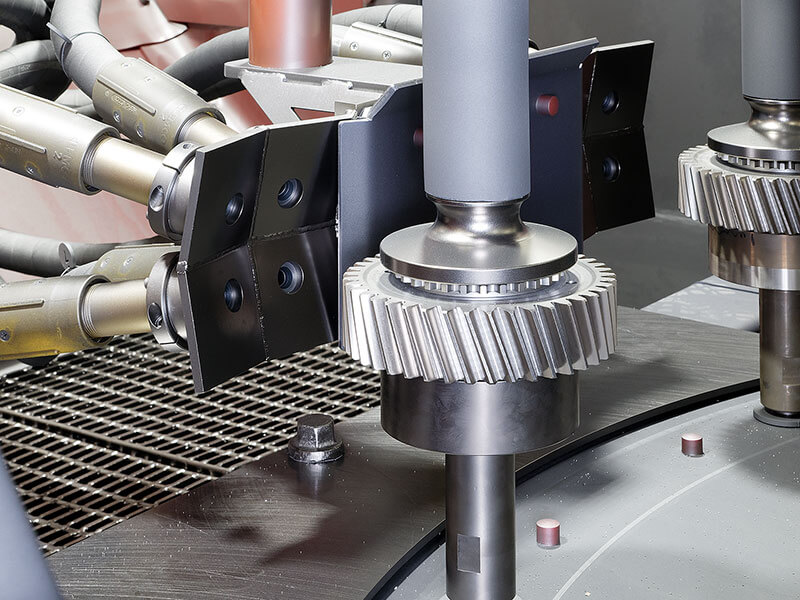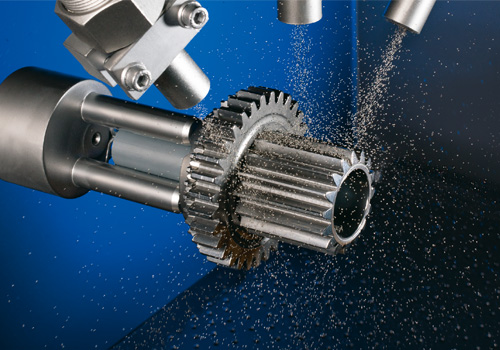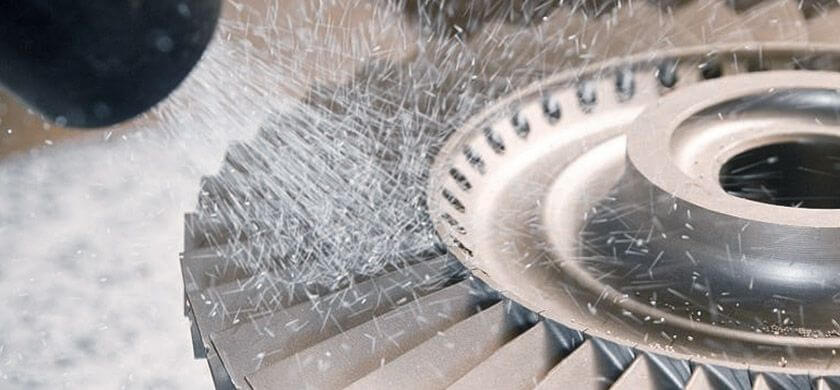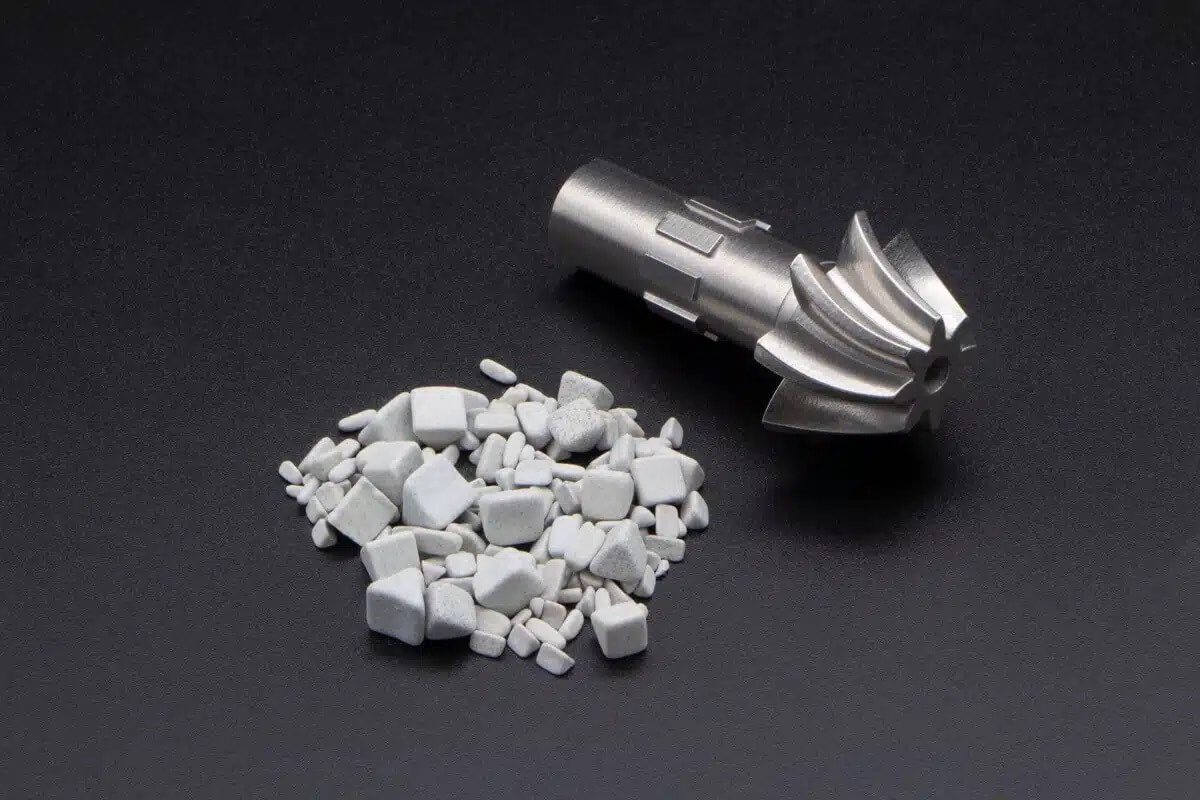The Importance of Large-Scale Finishing and Shot Peening in Aerospace and Medical Applications
Aerospace and medical are two industries that place the highest demands on quality and precision. In these industries, even the smallest defect can have disastrous consequences. This is also noted in the hoover washing machine parts diagram and miele washing machine parts diagram.
That is why extensive finishing and shot peening have become indispensable processes to ensure the reliability and safety of aerospace and medical components. At the same time, it has also become a processing technology for parts on hoover washing machine parts diagram and miele washing machine parts diagram.
Large-scale finishing is a surface treatment technique that involves the removal of material from a workpiece to achieve the desired surface finish. This process is commonly used to remove burrs, sharp edges, and other surface defects that can affect the function and performance of aerospace and medical components. Because by smoothing the surfaces, only large-scale finishing can improve the overall quality and durability of these critical components.

Shot peening, on the other hand, is a cold working process that involves bombarding the surface of a workpiece with small spherical media, typically steel shots or glass beads. The impact of these shots creates compressive stresses on the surface, which helps to increase the fatigue life and resistance to stress corrosion cracking of the component. Shot peening is particularly important in aerospace and medical applications where components are subjected to high levels of stress and fatigue.
One of the main advantages of large-scale finishing and shot peening is their ability to improve the fatigue life of aerospace and medical components. Fatigue failure is a common problem in these industries, as components are often subjected to cyclic loading and high levels of stress. By introducing compressive stresses through shot peening, the initiation and propagation of cracks are significantly reduced, thereby extending the fatigue life of the component.

In addition to improving fatigue life, large-scale finishing and shot peening also enhance the resistance to stress corrosion cracking. Stress corrosion cracking occurs when a component is exposed to a corrosive environment under tensile stress. This type of failure can be particularly dangerous in aerospace and medical applications, where the consequences of a sudden failure can be catastrophic. By inducing compressive stresses through shot peening, the susceptibility to stress corrosion cracking is greatly reduced, ensuring the long-term reliability of the component.
Furthermore, large-scale finishing and shot peening can also improve the surface hardness and wear resistance of aerospace and medical components. In these industries, components are often subjected to abrasive wear, which can lead to premature failure. By removing surface imperfections and introducing compressive stresses, large-scale finishing and shot peening create a more robust surface that is better able to withstand wear and abrasion.
It is worth noting that large-scale finishing and shot peening are not one-size-fits-all processes. The specific parameters and techniques used will vary depending on the material, geometry, and application of the component. Therefore, it is crucial to work with experienced and knowledgeable professionals who can tailor the process to meet the unique requirements of each aerospace and medical component.

In conclusion, large-scale finishing and shot peening play a vital role in ensuring the reliability and safety of aerospace and medical components. These processes improve fatigue life, resistance to stress corrosion cracking, surface hardness, and wear resistance. By investing in large-scale finishing and shot peening, aerospace and medical companies can enhance the performance and longevity of their critical components, ultimately contributing to the overall success of their operations.
